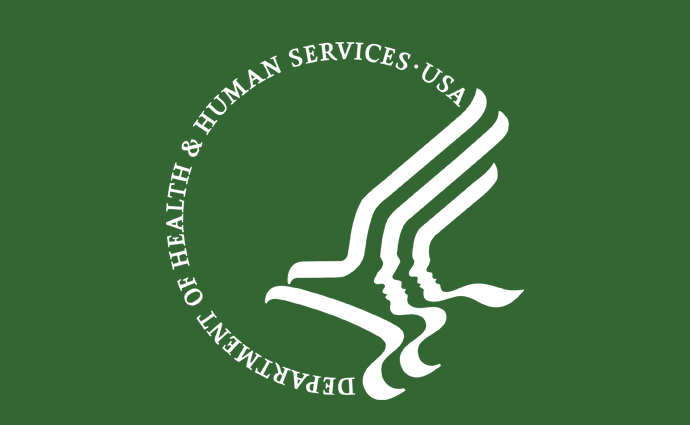HHS Releases Reporting Requirements for COVID-19 Relief Payments
New guidance details reporting requirements for providers who received COVID-19 relief payments of $10K or more from the Provider Relief Fund.

Source: Department of Health & Human Services
- HHS recently released an updated guidance document on reporting requirements for healthcare organizations that received COVID-19 relief payments of $10,000 or more.
The document released on the HHS website on Sept. 19th informs organizations of the categories of data elements that they will need to submit for 2019 and 2020 as part of the reporting process they agreed to in the Terms and Conditions of relief payments accepted from the Provider Relief Fund.
It follows a July 20th public notice informing recipients of COVID-19 relief payments of the timing of future reporting requirements for organizations that accepted one or more payments exceeding $10,000 in aggregate.
According to the document, healthcare organizations that meet the reporting criteria will need to submit information on any healthcare-related expenses attributable to the virus that has not been reimbursed by another source (e.g., insurance, patients, and other government agencies) and does not need to be reimbursed. This includes expenses for treating confirmed or suspected cases of COVID-19, preparing for possible or actual COVID-19 cases, and maintaining healthcare delivery capacity, HHS clarified.
Organizations should report on the expenses in two categories: general and administrative (G&A) expenses attributable to COVID-19 and healthcare-related expenses attributable to COVID-19, the guidance states. Examples of G&A expenses that fall into this category include mortgage or rent, personnel costs for preventing and responding to the pandemic, and utilities and operations bills.
Other healthcare-related expenses attributable to COVID-19, the guidance clarifies, include supplies and equipment used for COVID-19 response efforts, including personal protective equipment; expenses paid for IT or interoperability systems to preserve or expand care delivery during the reporting period; and facility-related costs, such as the lease or purchase of new structures or modifications to facilities to accommodate revised treatment practices.
Healthcare organizations will also need to submit information on any COVID-19 relief payments from the Provider Relief Fund that were not fully expended on healthcare-related expenses attributable to COVID-19. The amount will be applied to the organization’s “lost revenues,” guidance document states.
Per HHS, lost revenues will be represented as “a negative change in year-over-year net patient care operating income (i.e., patient care revenue less patient care related expenses for the Reporting Entity, defined below, that received funding), net of the healthcare related expenses attributable to coronavirus 2 calculated” in the first reporting requirement. This includes lost patient care revenues and patient care cost impacts, the department explained.
The definition in the guidance is notably a departure for HHS, which has previously used a more flexible definition in other guidance documents.
Some of the specific data elements that will be required per the new definition include 2019 and 2020 revenues from Medicare Parts A, B, and C, Medicaid, commercial insurance, and self-pay patients, as well as total calendar year expenses, including G&A and healthcare-related costs.
Organizations will also need to submit any other assistance received, including funds from the US Treasury, Small Business Administration, Paycheck Protection Program, FEMA CARES Act, CARES Act Testing, and local and state government assistance, the guidance document states.
Although HHS notes that organizations that reported negative net operating income from patients in 2019 will be able to apply COVID-19 relief payments to lost revenues up to a net zero gain/loss in 2020.
Additionally, if organizations do not expend all relief payments from the Provider Relief Fund in full by the end of 2020, HHS will give them another six months to use the remaining amounts for expenses attributable to COVID-19. The organizations could also use the funds on lost revenues that do not exceed the 2019 net margin.
Other non-financial data required for reporting includes demographic information, metrics on personnel, patients, and facilities, and any changes in ownership.
The guidance document, however, did not offer additional information on reporting deadlines. But previous guidance states that organizations must report within 45 days of the end of the 2020 calendar year (i.e. Sunday, Feb. 14, 2021) on expenditures through Dec. 31, 2020.
Organizations that have fully expended the payments before the end of the year can submit a single final report any time from Oct. 1, 2020, but no later than Feb. 15, 2021, while organizations with unused funds will have to submit a second and final report no later than July 31, 2020, the previous guidance also says.
HHS has also previously stated that the reporting portal will be available on Oct. 1, 2020. The new guidance document does not include more information on the reporting portal.
